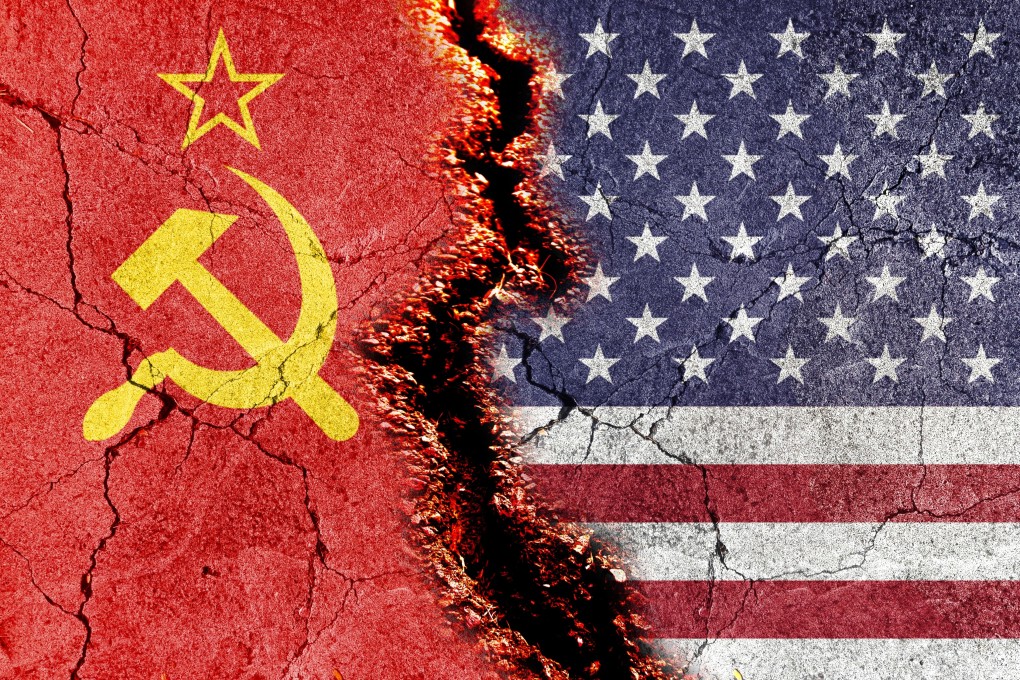Macroscope | Cold war 2.0 would exact a much higher economic price
- It is starting to look as if the changes in global economic ties will lead not to a hot war but a new ice age where US- and China-aligned blocs coexist in an environment of slow growth and tension

The global economy has not yet fallen apart despite fears about deglobalisation and the fragmentation of trade and investment as nations coalesce into pro-US or pro-China blocs. But we are still in a kind of phoney war as economic tensions mount.
Likewise with stresses in the international payments system and capital flows as the global monetary order tries to adjust to a new regime of sanctions and other restraints. This could be the calm before the storm or the start of prolonged doldrums.
In her address to the Stanford Institute for Economic Policy Research titled “Geopolitics and its impact on global trade and the dollar” on May 7, Gopinath observed that global economic ties are changing in ways not seen “since the end of the Cold War”.
This is obviously true. It is beginning to look as though the changes will lead not to a hot war but a new ice age where US- and China-aligned blocs coexist in an environment of slow growth and tension.

